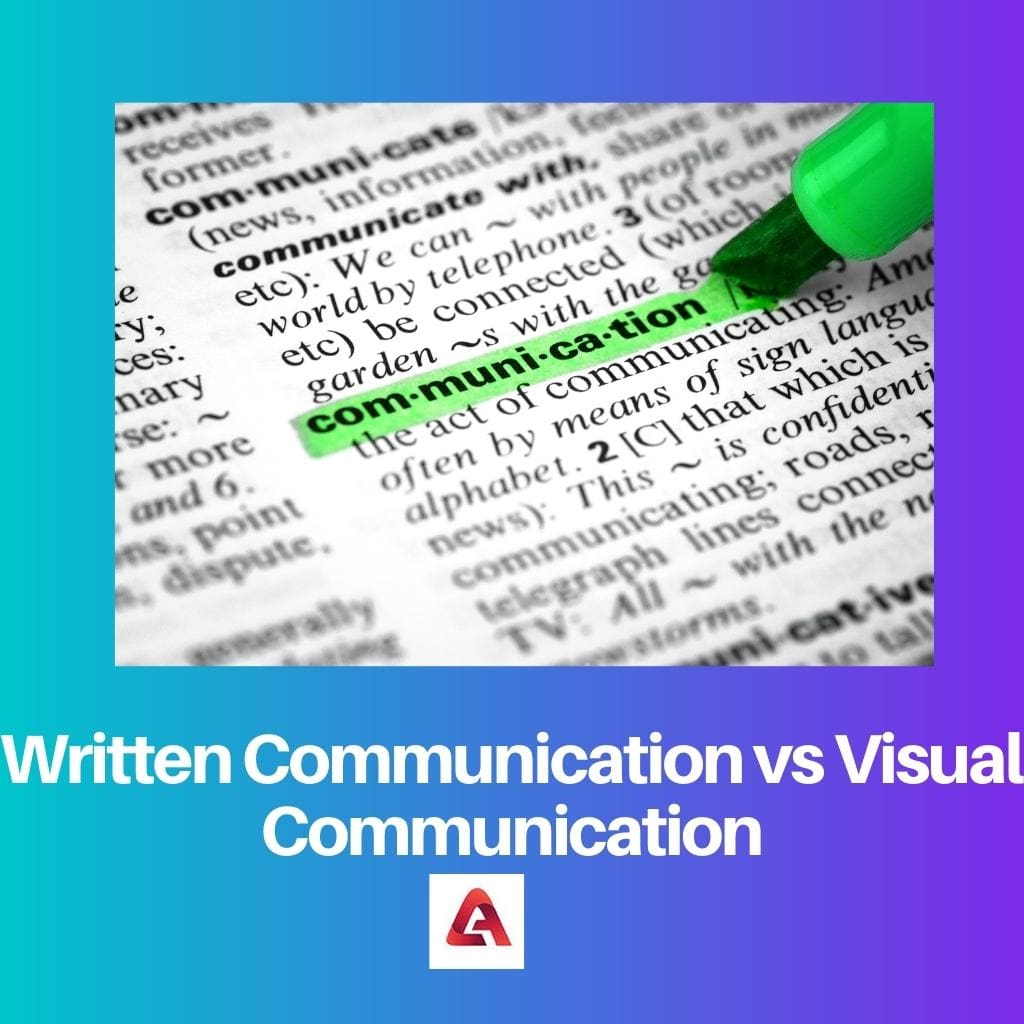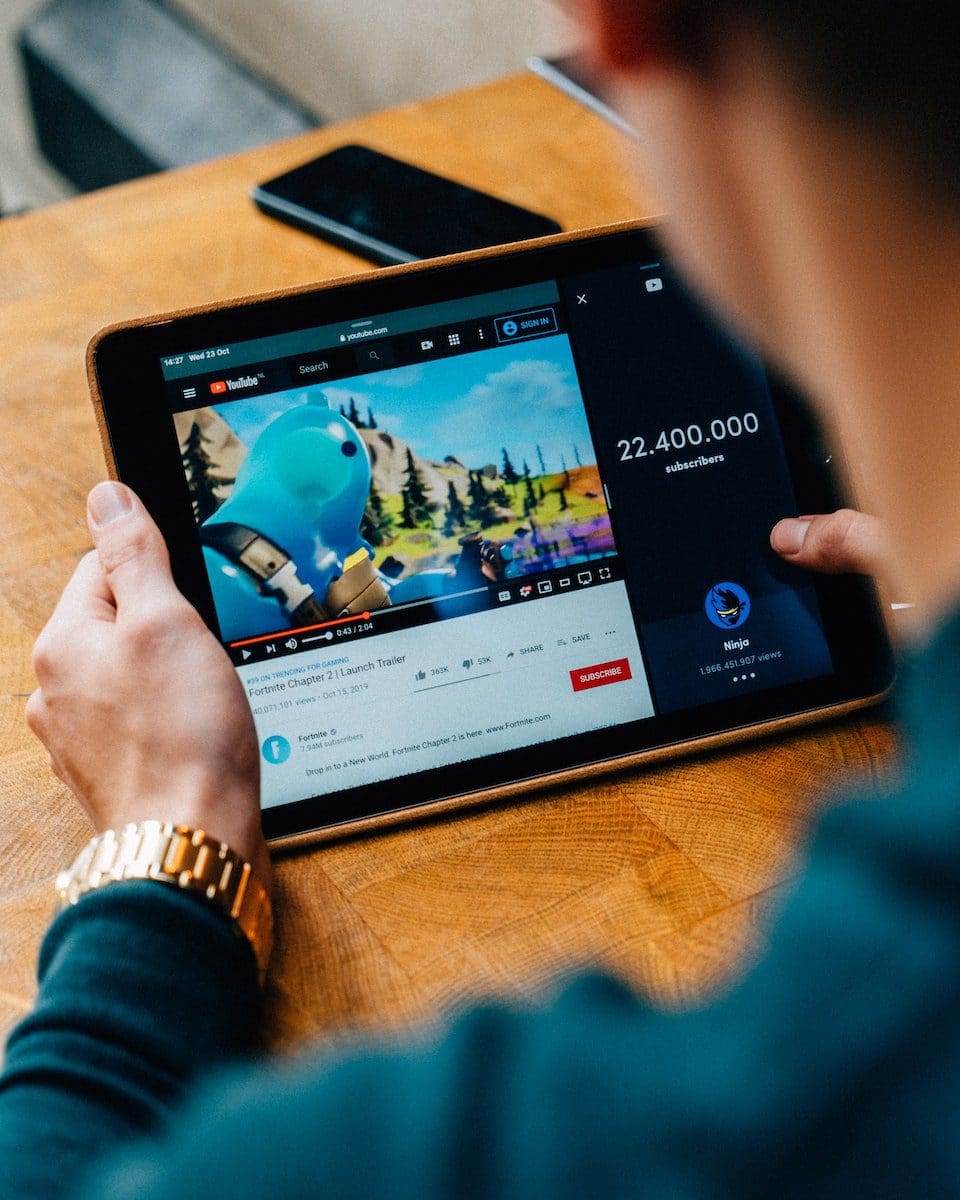Communication is transmitting information from one location, person, or crowd to another. Each communication has a sender, a post, and a recipient (at the very least).
This may sound basic, yet communication is a mind-boggling subject. An enormous scope of things can influence the transmission of the message from sender to receiver.
These incorporate our feelings, the social circumstance, the medium used to convey, and surprisingly our area.
The intricacy is why good communication skills are considered so alluring by employers around the globe: exact, successful, and unambiguous communication is very hard.
While it is not difficult to consider communication just the verbal transmission of information starting with one individual and then onto the next, it is far beyond that.
Nonverbal communication, such as a glance and raised eyebrows. Verbal communication, such as a change in pitch and tone; written communication, such as writing e-mails; to visual communication, such as websites to social media posts, are all examples of communication.
Key Takeaways
- Written communication refers to any message or information conveyed through written symbols, while visual communication includes any message or information conveyed through visual aids.
- Written communication tends to be more permanent and easily referenced, while visual communication is more engaging and can convey complex ideas quickly.
- Written communication is ideal for conveying detailed or technical information, while visual communication is better for conveying emotion, atmosphere, and abstract concepts.
Written Communication vs Visual Communication
The formal method of transmitting information to someone in a written format is called written communication. The message can be exchanged in text from. Visual communication is the ocular way of communicating information without using the words, in an understandable way. Employs the use of icons and graphics to give out the message.

Written Communication alludes to passing on a message through the written character. As such, any message traded between at least two people that utilizes written words is called written communication. The written form of communication is the most well-known and compelling method of business correspondence. In any association, electronic mails, reports, messages, archives, letters, diaries, job descriptions, representative manuals, and so forth are a portion of the utilized types of written communication.
The use of visual elements to express a message, inspire change, or evoke emotion is known as visual communication. It’s a blend of correspondence configuration (making a message that teaches, propels, and locks in) and graphic design (using design concepts to convey that message in a consistent and eye-catching manner). Visual communication that is both appealing and insightful is essential.
Comparison Table
| Parameters of Comparison | Written Communication | Visual Communication |
|---|---|---|
| Definition | Any message traded between at least two people that utilize written words is called written communication. | The use of visual elements to express a message, inspire change, or evoke emotion is known as visual communication. |
| Strategy | Be simple; choose strong verbs, limited use of adjectives and adverbs, etc. | Utilizing data visualization to demonstrate the effect of work and lines and shapes to sketch relationships, flows, and processes. |
| Advantage | Lasting record: The reports of written communication go about as a perpetual report. When it is required, significant data can be effortlessly gathered from the protected documents. | Visual Communication is more valuable for unskilled beneficiaries: If the recipients are ignorant, visual correspondence is more powerful for information sharing. |
| Disadvantage | Time-consuming: It takes time to connect with others via written correspondence. It is a medium that takes up a lot of time. It takes up both the writer’s and the reader’s time. | Complex graphic display: The visual presentation of knowledge can sometimes get complicated. The recipients are unable to comprehend the presentation’s significance. |
| Example | Letters, telegrams, brochures, etc. | Trade shows, social media posts, social media posts, etc. |
What is Written Communication?
Effective written communication is an increasingly important skill, particularly when more people work remotely and communicate during the day through digital platforms such as Slack, Skype, etc.
We write daily, whether a Slack post, an email to a client, or a new employee’s training guide, and we must know how to do it well.
In reality, as we become more dependent on written correspondence, we are all becoming more mindful of how simple it is to build misunderstandings.
Unclear letters, information that has gone missing, or a misinterpretation of tone or content are all issues that arise in written communication daily.
Since they are having a bad day or have just had a run-in with an unpleasant person, the reader might misinterpret the sound of a letter.
If the case might be, understanding when to avoid using written correspondence is valuable when dependent on it.
A single phone call will resolve these contract issues in nearly all situations.

What is Visual Communication?
Because of social media, YouTube, and other digital networks, visual communication has become the most common mode of communication.
It’s critical to recognize that your visual contact must be consistent with your brand and messaging and that a proven and coherent approach is needed.
Visual communication, such as maps, photos, drawings, animation, diagrams, and even emojis and GIFs, can help increase the interpretation of your message in various ways.
Think how a new UX drawing is much more successful than a text summary in bringing data to life and making it easier to grasp than providing a long stream of figures.

Main Differences Between Written Communication and Visual Communication
- Message transferred between at least two people through the written form is known as “Written Communication, ” whereas utilising visual elements to communicate a message is known as “Visual Communication”.
- “Written Communication” requires some investment, while “Visual Communication” can be outwardly muddled occasionally.
- “Visual Communication” lies in art and design, whereas “Written Communication” uses language.
- “Visual Communication” helps illiterate recipients, whereas “Written Communication” fails in this particular regard.
- It requires some time for information to be traded through “Written Communication”, whereas the message is exchanged in no time in the case of “Visual Communication.”

- https://books.google.com/books?hl=en&lr=&id=m9-B8xKJo6IC&oi=fnd&pg=PR11&dq=written+communication&ots=bZn3b5bY5c&sig=t2aGZTbGwZZP_Ow5EXxRoSsxZmo
- https://academic.oup.com/jncimono/article-abstract/1999/25/149/897831

The article provides a thorough exploration of both written and visual communication, offering valuable insights into their respective advantages and disadvantages. It serves as a useful resource for understanding the complexities of communication in different contexts.
Indeed, the article offers a well-rounded discussion of communication, addressing both its verbal and nonverbal aspects in a clear and concise manner.
I couldn’t agree more, Victoria. The comparison table is particularly helpful in distinguishing between written and visual communication.
This article provides a comprehensive and accurate overview of the various forms of communication. It emphasizes the importance of both verbal and nonverbal communication, as well as written and visual communication. The inclusion of the comparison table is particularly helpful in highlighting the differences between the two.
I agree with you, Lucy. The article does an excellent job of breaking down the complexities of communication and emphasizing its significance in various contexts.
The article offers a detailed examination of written and visual communication, highlighting their respective strengths and limitations. The comparison table effectively distinguishes between the two forms of communication, providing a clear understanding of their unique attributes.
I completely agree, Oscar. The comparison table is particularly helpful in summarizing the key differences between written and visual communication.
This article presents a comprehensive overview of communication, taking into account the various forms and their significance. The detailed analysis of written and visual communication offers valuable insights into their distinct characteristics and applications in different contexts.
Indeed, Anthony. The article effectively captures the complexities of communication and the diverse factors that influence the transmission of a message.
This article provides a comprehensive overview of communication, encompassing various forms such as verbal, nonverbal, written, and visual communication. The comparison table effectively highlights the differences between written and visual communication, making it easier to understand their respective advantages and disadvantages.
While the article provides valuable insights into the intricacies of communication, it fails to address the evolving landscape of digital communication platforms and their impact on written communication. A more extensive discussion of digital communication tools would enhance the article’s relevance in today’s context.
I see your point, Bradley. A more in-depth analysis of digital communication platforms and their implications would indeed add value to the article.
It’s fascinating to see how this article delves into the complexities of communication, emphasizing the multifaceted nature of transmitting a message effectively. The examples provided help to illustrate the different forms of communication and their significance in different contexts.
I couldn’t agree more, Thomas. The article provides a nuanced analysis of communication, shedding light on its various components and influencing factors.
I appreciate how this article delves into the complexities of communication, emphasizing the role of emotions, social context, and the medium used. It’s a reminder of the multifaceted nature of effective communication.
Well said, Ellis. The article does a great job of highlighting the nuances of communication and the various factors that influence the transmission of a message.
The article does a commendable job of exploring the multifaceted nature of communication, emphasizing the role of emotions, social context, and the medium used. It’s an insightful read for anyone interested in understanding the complexities of effective communication.
Absolutely, Lola. The article provides a comprehensive analysis of communication, shedding light on its various dimensions and influencing factors.
This article is quite informative and insightful. It delves into the different aspects of communication and highlights the intricacies involved in transmitting a message effectively. The examples provided help to illustrate the concepts discussed.
Absolutely, Mellis. The article offers a detailed analysis of written and visual communication, shedding light on their advantages and disadvantages in different scenarios.